Can You Put A Projector Behind The Screen?
When it comes to setting up a projector for a presentation, movie night, or any other visual display, one of the most common questions is whether you can place the projector behind the screen. This setup, known as rear projection, offers several advantages and can be an excellent choice for various scenarios. In this article, we will explore the concept of rear projection, its benefits, potential drawbacks, and practical considerations to help you determine if this setup is right for your needs.
Understanding Rear Projection
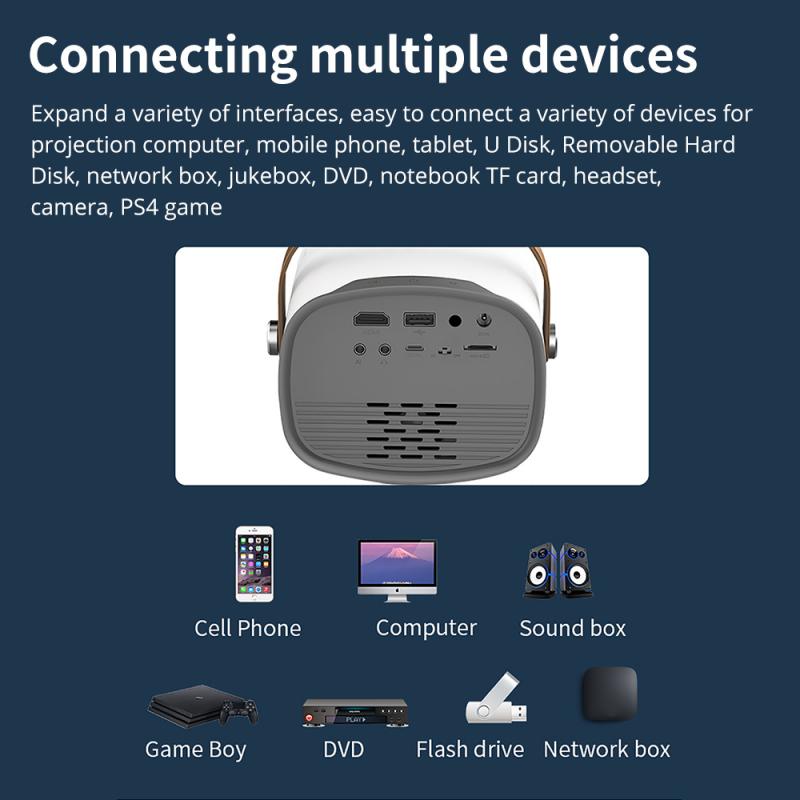
Rear projection involves placing the projector behind a translucent screen, which allows the image to be projected from the back and viewed from the front. This setup is commonly used in professional environments such as theaters, conference rooms, and trade shows, but it can also be adapted for home use.
Benefits of Rear Projection
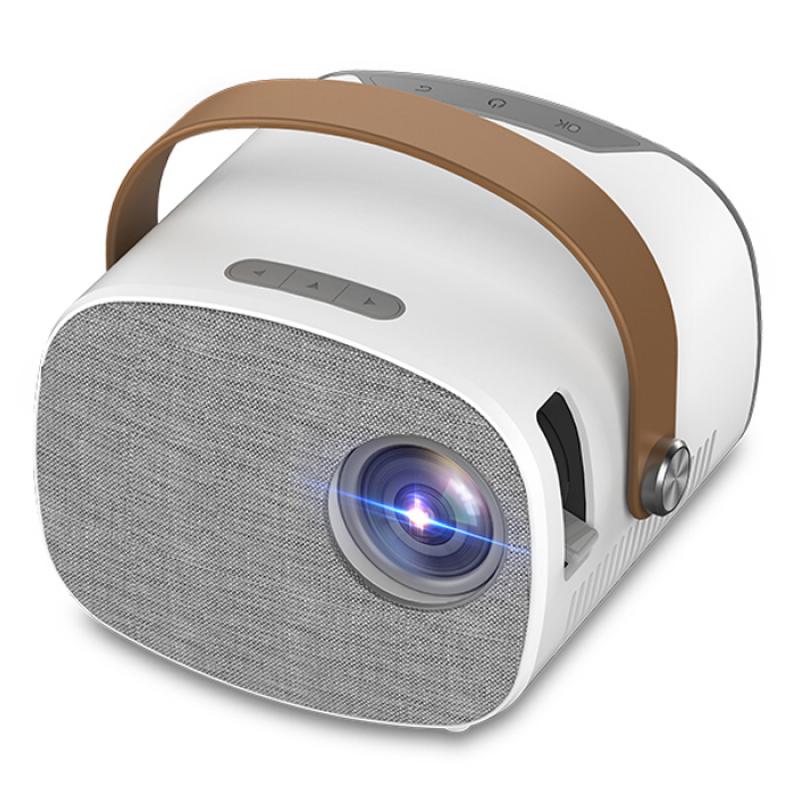
1. Unobstructed Viewing Area: One of the primary advantages of rear projection is that it keeps the viewing area clear of obstructions. Since the projector is placed behind the screen, there are no shadows or interruptions caused by people or objects passing in front of the projector beam.
2. Improved Image Quality: Rear projection screens are designed to diffuse light evenly, resulting in a high-quality image with excellent color accuracy and contrast. This can be particularly beneficial in environments with ambient light, as the screen can help reduce glare and reflections.
3. Professional Appearance: Rear projection setups often have a more polished and professional appearance, making them ideal for business presentations, trade shows, and other formal events. The hidden projector and clean lines of the screen create a sleek and modern look.
4. Flexibility in Placement: With rear projection, you have more flexibility in terms of projector placement. The projector can be positioned at a distance that suits your space, and you can avoid the need for ceiling mounts or other complex installations.
Potential Drawbacks of Rear Projection
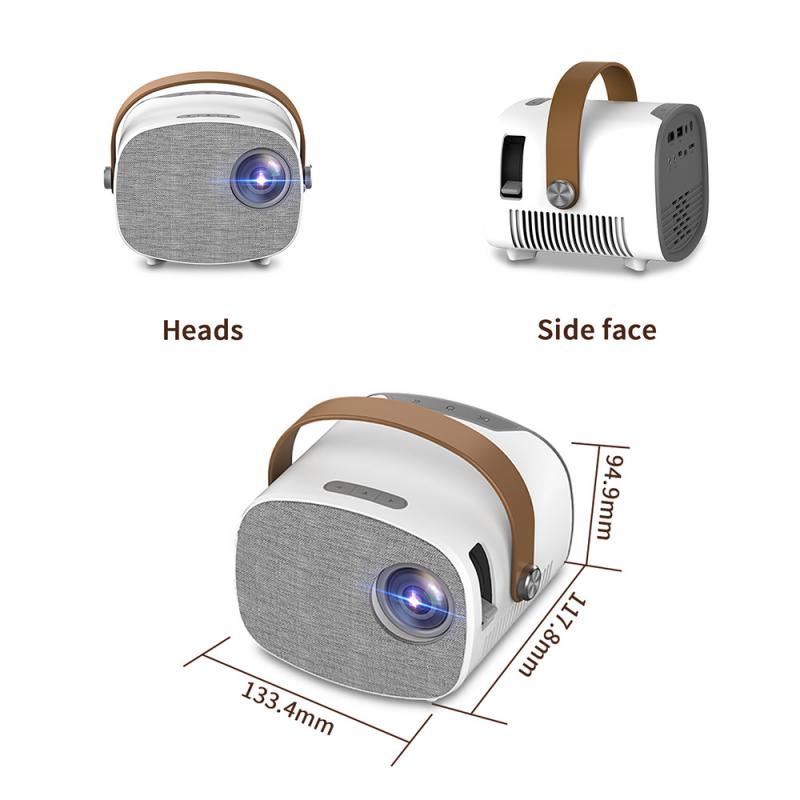
1. Space Requirements: One of the main challenges of rear projection is the need for additional space behind the screen. Depending on the throw distance of your projector, you may need several feet of clearance, which can be a limitation in smaller rooms or tight spaces.
2. Screen Material: Rear projection screens are typically made from specialized materials that allow light to pass through while maintaining image quality. These screens can be more expensive than standard front projection screens, and you may need to invest in a high-quality screen to achieve the best results.
3. Setup Complexity: Setting up a rear projection system can be more complex than a front projection system. You may need to consider factors such as projector alignment, screen tension, and ambient light control to ensure optimal performance.
Practical Considerations for Rear Projection
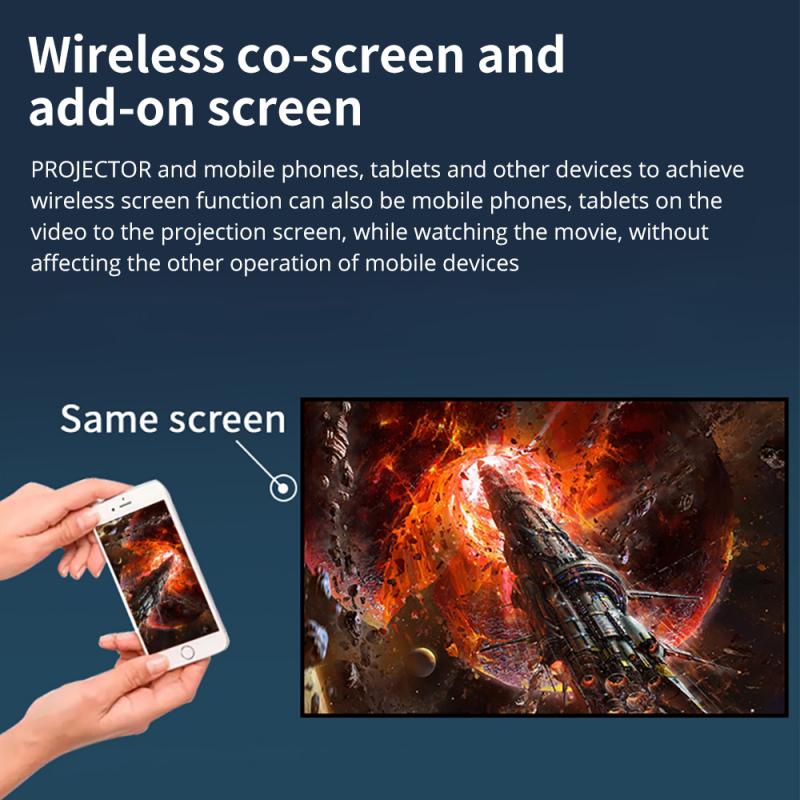
If you decide that rear projection is the right choice for your needs, there are several practical considerations to keep in mind:
1. Projector Selection: Choose a projector with a suitable throw distance for your space. Short-throw and ultra-short-throw projectors are ideal for rear projection setups, as they require less distance between the projector and the screen.
2. Screen Material: Invest in a high-quality rear projection screen that is designed to diffuse light evenly and maintain image quality. Look for screens with good gain and viewing angle characteristics to ensure a clear and vibrant image.
3. Ambient Light Control: Rear projection screens can be sensitive to ambient light, which can affect image quality. Consider using blackout curtains or other light control measures to minimize the impact of ambient light on your projection.
4. Projector Alignment: Proper alignment of the projector is crucial for achieving a clear and distortion-free image. Take the time to carefully align the projector with the screen and make any necessary adjustments to ensure optimal performance.
5. Ventilation and Cooling: Ensure that the projector has adequate ventilation and cooling, especially if it is placed in an enclosed space behind the screen. Overheating can affect the performance and lifespan of the projector.
Rear projection can be an excellent choice for a variety of applications, offering benefits such as unobstructed viewing, improved image quality, and a professional appearance. However, it also comes with challenges such as space requirements and setup complexity. By carefully considering factors such as projector selection, screen material, and ambient light control, you can create a successful rear projection setup that meets your needs.
Whether you are setting up a home theater, a business presentation, or a trade show display, rear projection can provide a high-quality and visually appealing solution. With the right equipment and attention to detail, you can enjoy the many advantages of rear projection and create an impressive visual experience for your audience.



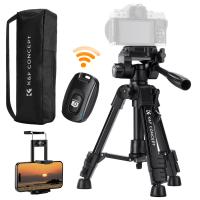



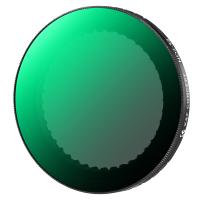
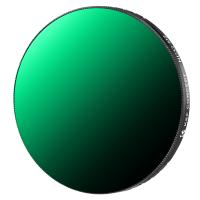

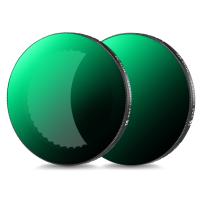
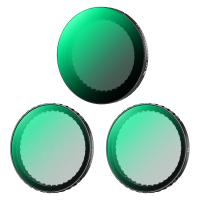

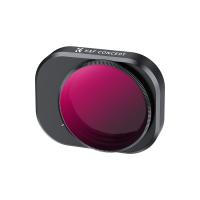

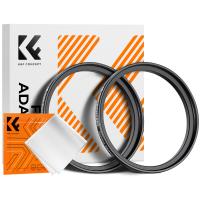
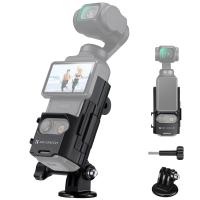



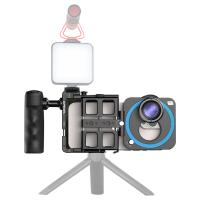



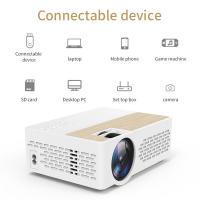


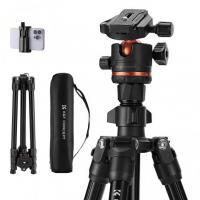
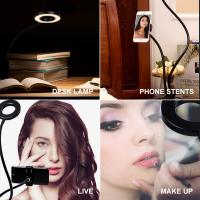

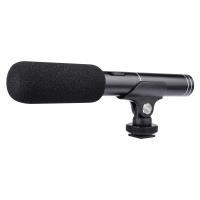
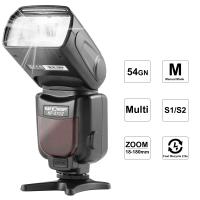


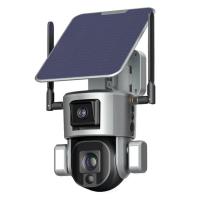


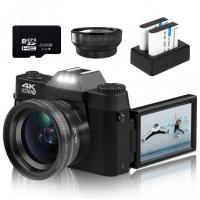

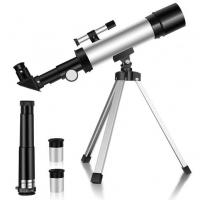
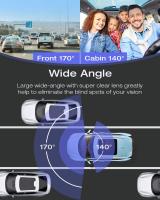

There are no comments for this blog.